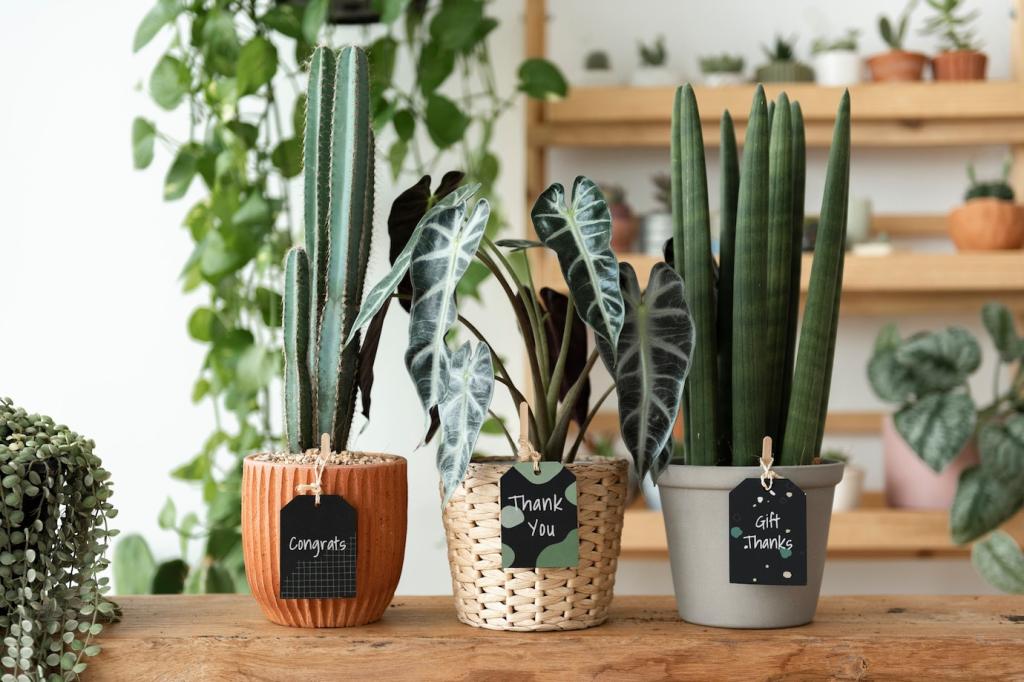Regional Textiles and Plant-Based Color
Seek regional wool, linen, or hemp cooperatives. Handwoven throws, naturally dyed drapery, and locally sewn cushions feel alive in the hand and show subtle irregularities that machines smooth away but humans instantly cherish.
Regional Textiles and Plant-Based Color
Madder, indigo, marigold, and walnut yield colors that echo your landscape. Partner with dyers for test swatches, noting lightfastness and wash care, then build room palettes shaped by the seasons outside your window.



